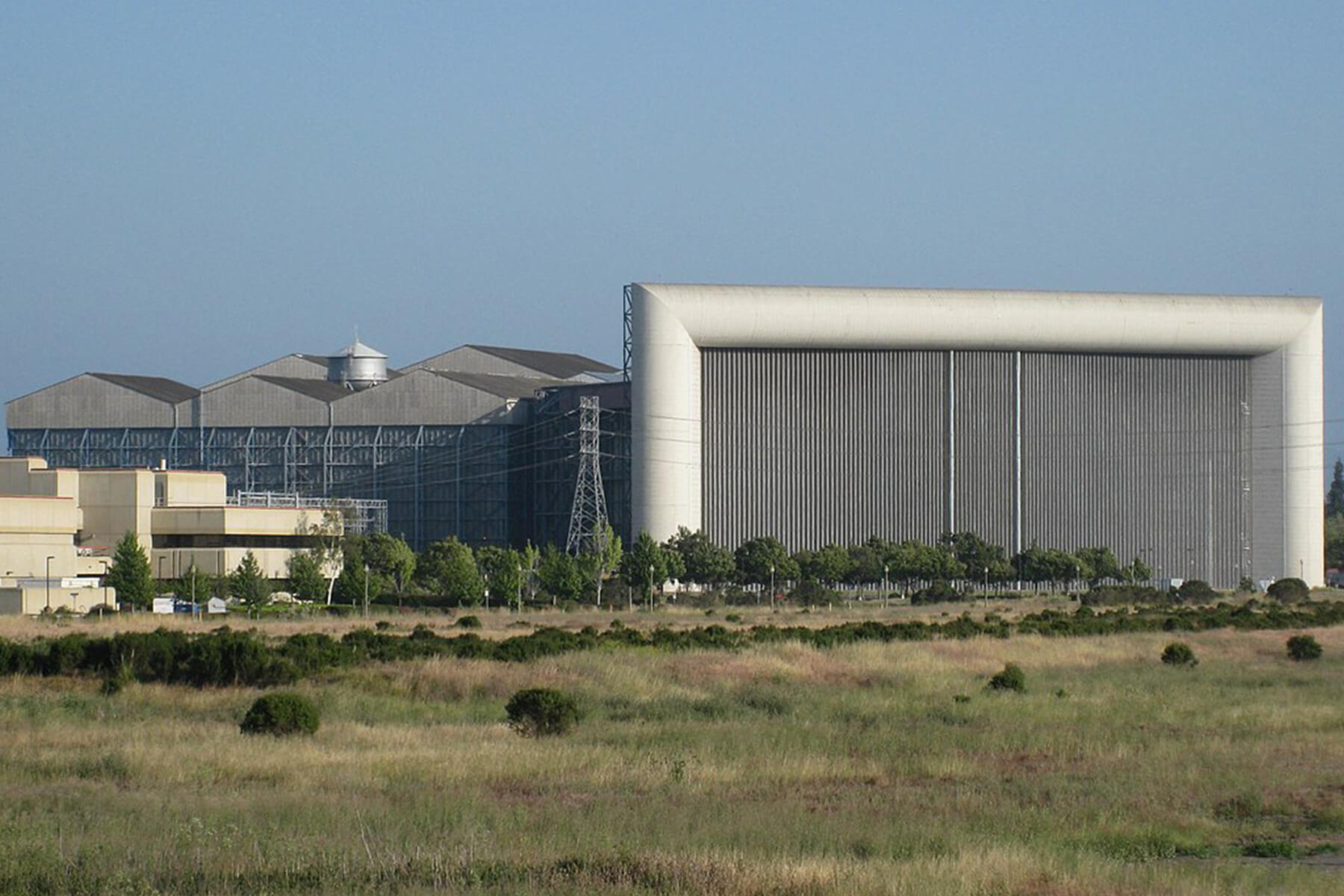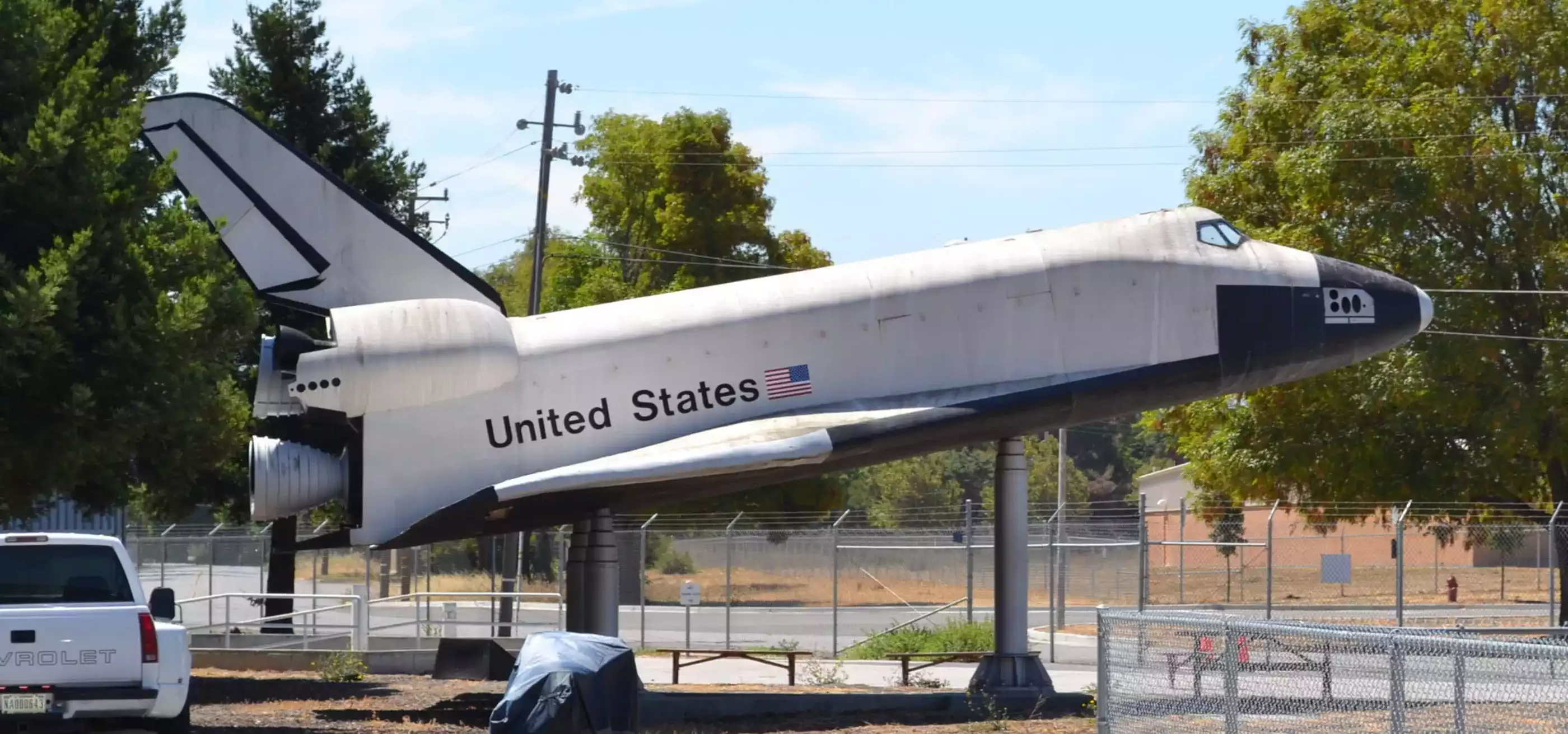A game design degree can open the door to lots of exciting opportunities – be it a position at a video game studio, a role crafting tabletop games, or in Randy Totah’s unique case, a job at a major NASA research center. “I’ve been playing video games since I was eight years old, but simply playing video games never satisfied me,” Totah says. “I wanted to understand how games go from vision to reality and see my own ideas come to fruition.” That drive led Totah to DigiPen’s BA in Game Design program, where during his senior year in 2018, he learned that NASA was interested in unusual applications for game engines.

Curious, Totah reached out and quickly landed an internship at NASA’s Ames Research Center in Silicon Valley, a cutting-edge facility credited for making significant contributions to NASA’s mission initiatives. There, Totah used his knowledge of the Unity game engine to create traffic simulations that tested the ability of NASA drones to detect and avoid ground objects. A follow-up presentation on his Unity work caught the professional attention of NASA contractor, KBR. Suddenly, his internship turned into a KBR software engineering position at the Ames Research Center, where today, working with world-renowned researchers has become a regular feature of Totah’s life. “Driving to work and parking right next to a test site for rovers heading to Mars has made space seem far less distant,” Totah says.
Although NASA is most synonymous with space exploration, research at Ames Research Center is done on a range of diverse fields like robotics, energy, biology, artificial intelligence, and Totah’s professional focus, aeronautics. As a UI/UX developer, Totah primarily works on an application that helps Ames researchers and engineers analyze data from various aircraft. “As a front-end UI/UX developer, I start by generating wireframes and storyboards for the various use cases across the application,” Totah says. “Once I have finalized the wireframes, I begin implementing the UI using HTML, CSS, and JavaScript.” Totah and his KBR teammates regularly gather feedback from their NASA userbase and adjust the application to better suit their needs. “I make small talk with people about the potential for technology being created and researched that, prior to working for KBR, I never thought would become a reality in my lifetime,” Totah says. “It’s a surreal experience that has taught me to never doubt the potential for technology.”

Totah says he’s been blown away by NASA’s advanced facilities, in some cases, literally. Among its many impressive features, the Ames Research Center houses the world’s largest wind tunnel, whose four-story-tall fans are capable of testing aircraft with 100-foot wingspans. The world’s largest motion flight simulator also calls the Ames home, where interchangeable cockpits are mounted on a 10-story-tall tower that can recreate the sensation of flying any existing or theoretical aeronautical vehicle. And last but not least, one of the world’s most powerful supercomputers, the Pleiades, enables scientists and engineers at the Ames to run highly complex models and simulations for NASA projects.
“Onsite, I have had the opportunity to tour massive wind tunnels and hangars, as well as NASA’s Vertical Motion Simulator; all incredible feats of technology,” Totah says. “I have also had the opportunity to try my hand at multiple flight simulators used for training airline pilots. These experiences have given me so much appreciation for all the hard work that went into making technology in our lifetime a reality, as well as all the intense work and trainings required to maintain these technologies”
Totah is able to shoulder some of that intense work himself thanks to his time studying game design at DigiPen. “As a UI/UX developer, the skills I learned from DigiPen relating to wireframing, personas, and art and composition have been invaluable to me,” Totah says. “Without any of my scripting and coding knowledge I gained while at DigiPen, I would never be able to see my storyboards work on the screen in real time.”
While those concrete lessons have been vital, some of DigiPen’s more philosophical lessons have proven equally as crucial. “I remember having it drilled into my head my first year at DigiPen that no game is ever truly complete, games are simply shipped at the end of their development cycle. This message has only been reinforced during my time working at KBR,” Totah says. Learning to confront that common mental trap for developers – forever improving a product that could always be a bit better – has been key in Totah’s professional success. “A mantra my co-workers and I have to remind each other of from time to time is that ‘better’ is the enemy of ‘good enough,’” Totah says. “Understanding our minimum viable product and carefully prioritizing anything extra is vital to the success of our project.”
Seeing his project’s success has been a huge reward during the two-and-a-half years Totah has spent working with KBR at the NASA Ames Research Center. While the stakes can feel high at times, so does the payoff. “I have worked with so many amazing people and learned so much,” Totah says. “It’s nerve-racking, but also exciting to see people interact with the interfaces I designed, and even more so when I see how their work benefits as a result.”
